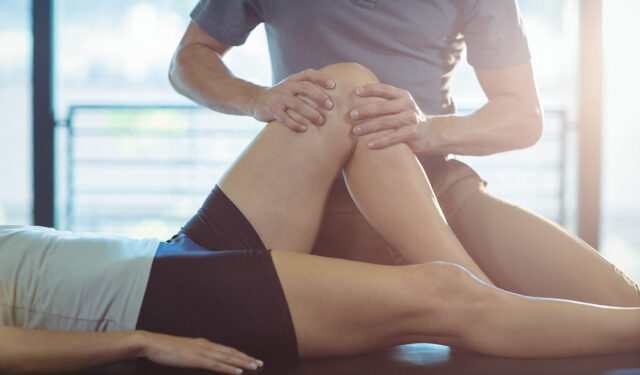Core Exercises to prevent lower back pain
McGills Big 3 exercises The Side Plank The Bird-Dog The Curl Up View this post on Instagram A post shared by Isis Chiropractic Centres (@isischiropracticclinic)
Knee pain is a common issue that affects people of all ages and activity levels. Whether you’re an athlete, a weekend walker, or simply going about daily routines, knee discomfort can seriously limit your mobility and quality of life.
Fortunately, chiropractic care offers a safe, non-invasive approach to treating many causes of knee pain. From traumatic injuries to repetitive strain or biomechanical dysfunction, chiropractors are trained to identify and manage a wide range of conditions affecting the knee.
On this page, we’ll explore the most common knee injuries seen in chiropractic practice, the underlying causes of knee pain, and what steps you can take to prevent it from happening in the first place.

Want to know more? Request a Callback
Or give us a call, to find out how we can help you with Knee Injuries seen in Chiropractic Practice.
Book an Appointment
Schedule an appointment for Knee Injuries seen in Chiropractic Practice tailored to your needs.
The knee is a highly complex joint that bears a lot of weight and is constantly under stress. This makes it especially vulnerable to injury, degeneration, and dysfunction.
In chiropractic clinics, we frequently encounter knee pain caused by:
Trauma (accidents, falls, or sports injuries)
Overuse or repetitive movements
Inflammatory conditions (e.g. arthritis – rare)
Underlying pathology (e.g. infection, tumours – very rare)
Referred pain from other areas (e.g. hip, lower back)
Nerve compression (originating in the lower back or pelvis)
Biomechanical dysfunction (e.g. poor foot alignment or hip instability)
Let’s take a closer look at these causes.
Knee pain is a common complaint that we see in our Chiropractic centres. It is a big subject, so we have listed the most common causes below that we see in our Chiropractic centres.
If you do not find what you are looking for please contact us. We are happy to help. (Delete Mentions this later)
When it comes to traumatic injuries we suggest that you use common sense in the activity you participate in; use appropriate equipment, assess the risk, don’t push yourself beyond your ability and don’t participate if you are injured. Remember, the fitter and stronger you are the less likely you are to have an injury, so prepare yourself well for the activity you are planning to participate in and warm up before starting the activity.
When it comes to overuse injuries it is important to have a structured training programme. Build up your activities gradually. Remember that by the time the pain appears it is too late and the amount of rest you may need to get over it, will spoil your plans to participate in the event you were so looking forward to.
As a rule of thumb, if you are new to an activity or haven’t done it for a long time, don’t do it more than twice a week to start with and do half the distance or time you were planning to do. If you have a training partner, just remember we are all different and need different amounts of rest between sessions and we can cope with different levels of training. As with all orthopaedic conditions involving the muscles and joints, it is important not to ignore them.
The longer you leave a problem to progress the more difficult it will be to help and treat it. For example, with patello-femoral pain the injury causes inflammation in the joint and during the inflammatory process chemicals are released inside it that reduce the lubrication of the joint, which promote further breakdown of the cartilage. So it becomes a vicious cycle. It is compounded further by taking anti-inflammatory medication, some of which have been shown to slow down healing or even promote breakdown of joint cartilage.
Please select from the list below to read more about specific conditions and how Chiropractic treatment can help.
Location of pain in different knee disorders divided into, 1. Traumatic injuries (e.g. impact, collision, fall), and, 2. Non-traumatic injuries (e.g. overuse injuries, gradual onset).
Pain in the front of the knee (anterior)
Pain in the back of the knee (posterior)
Pain on the inside of the knee (medial)
Pain on the outside of the knee (lateral)
This list might not have your particular problem listed, but if you would like any more information about knee pain please contact our Chiropractic centres here.